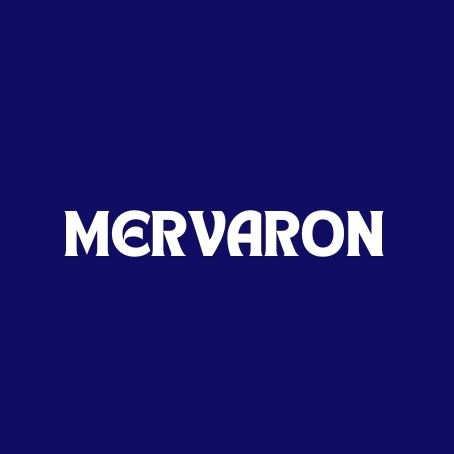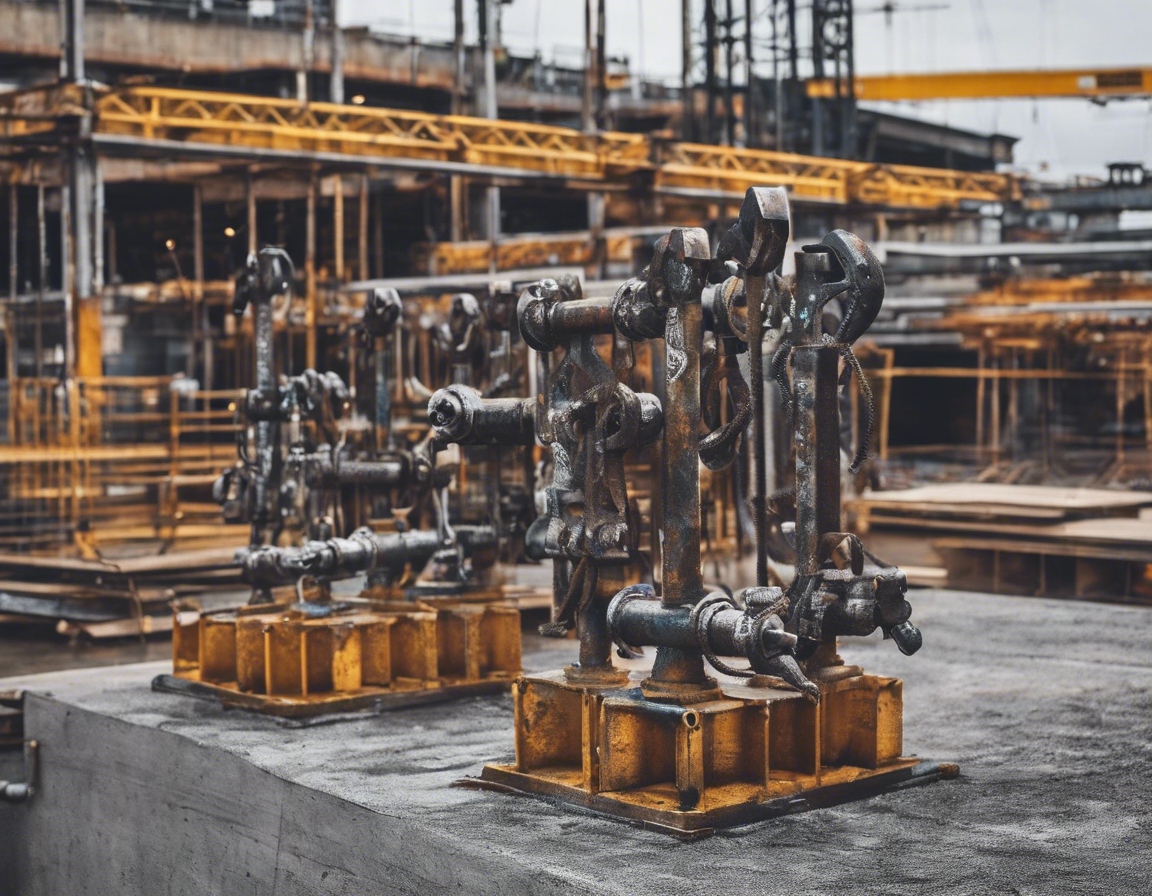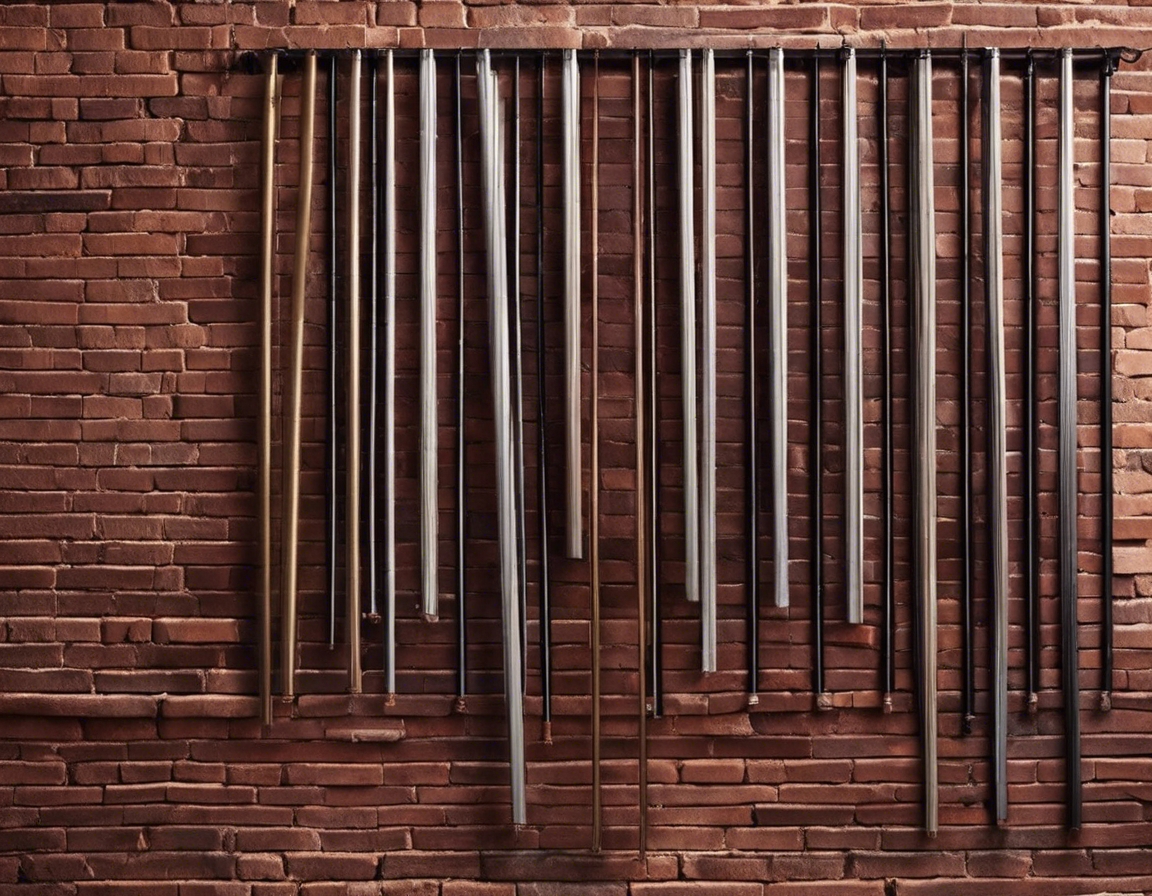How to choose the right anchor for your project
Anchors are critical components in construction and DIY projects, serving as the vital link between the structure and the base material. They ensure stability and safety by securely fastening objects to walls, ceilings, or floors. Whether you're working on a large-scale construction project or a small DIY task, selecting the right anchor is crucial for the integrity and longevity of your work.
Using the wrong anchor can lead to disastrous outcomes, including structural failures, safety hazards, and costly repairs. An inappropriate anchor may not support the intended load, leading to detachment or collapse. Therefore, understanding the specific requirements of your project and choosing the right anchor is essential to avoid these risks.
2. Types of Anchors and Their Applications
Expansion anchors are versatile and commonly used in solid materials like concrete and brick. They work by expanding against the walls of the hole, providing a secure hold. These anchors are ideal for medium to heavy-duty applications, such as securing handrails or shelving.
Screw anchors, also known as self-tapping anchors, are designed for use in drywall and other hollow materials. They are easy to install and provide a reliable hold for lightweight fixtures, such as picture frames and curtain rods.
Toggle bolts are perfect for hollow walls and ceilings, offering strong support for heavy loads. They consist of a bolt and a pair of wings that expand behind the base material, distributing the load over a larger area.
Chemical anchors use a resin-based adhesive to bond the anchor to the base material. They are ideal for high-load applications and can be used in both solid and hollow materials. Chemical anchors are often employed in structural applications where maximum strength is required.
Specialty anchors are designed for specific applications and materials. These include anchors for insulation, roofing, and other unique requirements. It's important to consult with manufacturers or experts to determine the best specialty anchor for your project.
3. Factors to Consider When Choosing an Anchor
Understanding the load requirements of your project is crucial. Consider both the static and dynamic loads that the anchor will need to support. This will help you select an anchor with the appropriate load-bearing capacity.
The type of base material significantly influences anchor selection. Different anchors are designed for specific materials, such as concrete, brick, drywall, or wood. Ensure compatibility to achieve optimal performance.
Environmental factors, such as moisture, temperature, and exposure to chemicals, can affect anchor performance. Choose anchors that are resistant to these conditions to ensure durability and reliability.
Consider the complexity of the installation process. Some anchors require specialized tools or techniques, while others are straightforward to install. Choose an anchor that aligns with your skill level and available resources.
4. Tips for Selecting the Right Anchor for Your Project
Begin by thoroughly assessing the needs of your project. Identify the load requirements, base material, and environmental conditions to narrow down your anchor options.
Consulting with experts or manufacturers can provide valuable insights into the best anchor choices for your specific project. They can offer recommendations based on their experience and knowledge of the latest products.
Before finalizing your anchor choice, conduct tests to verify its performance under actual conditions. This step ensures that the anchor will meet your project's demands and provides peace of mind.
5. Common Mistakes to Avoid When Choosing Anchors
One of the most common mistakes is ignoring the load specifications of the anchor. Always ensure that the anchor can support the intended load to prevent failures.
Environmental factors can significantly impact anchor performance. Consider these conditions during selection to avoid premature degradation or failure.
Using an anchor incompatible with the base material can lead to poor performance and safety risks. Always verify compatibility before installation.








Comments (0)